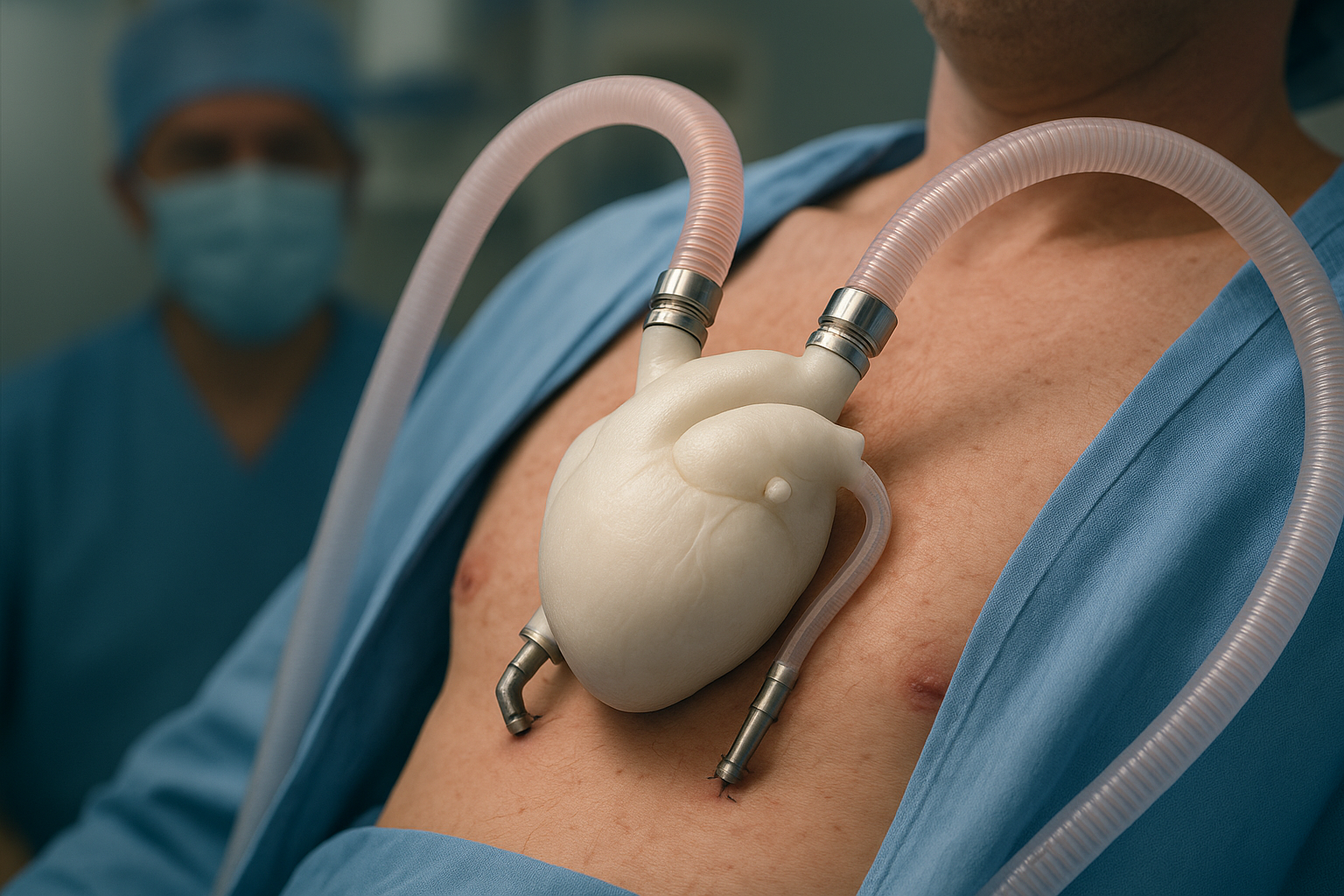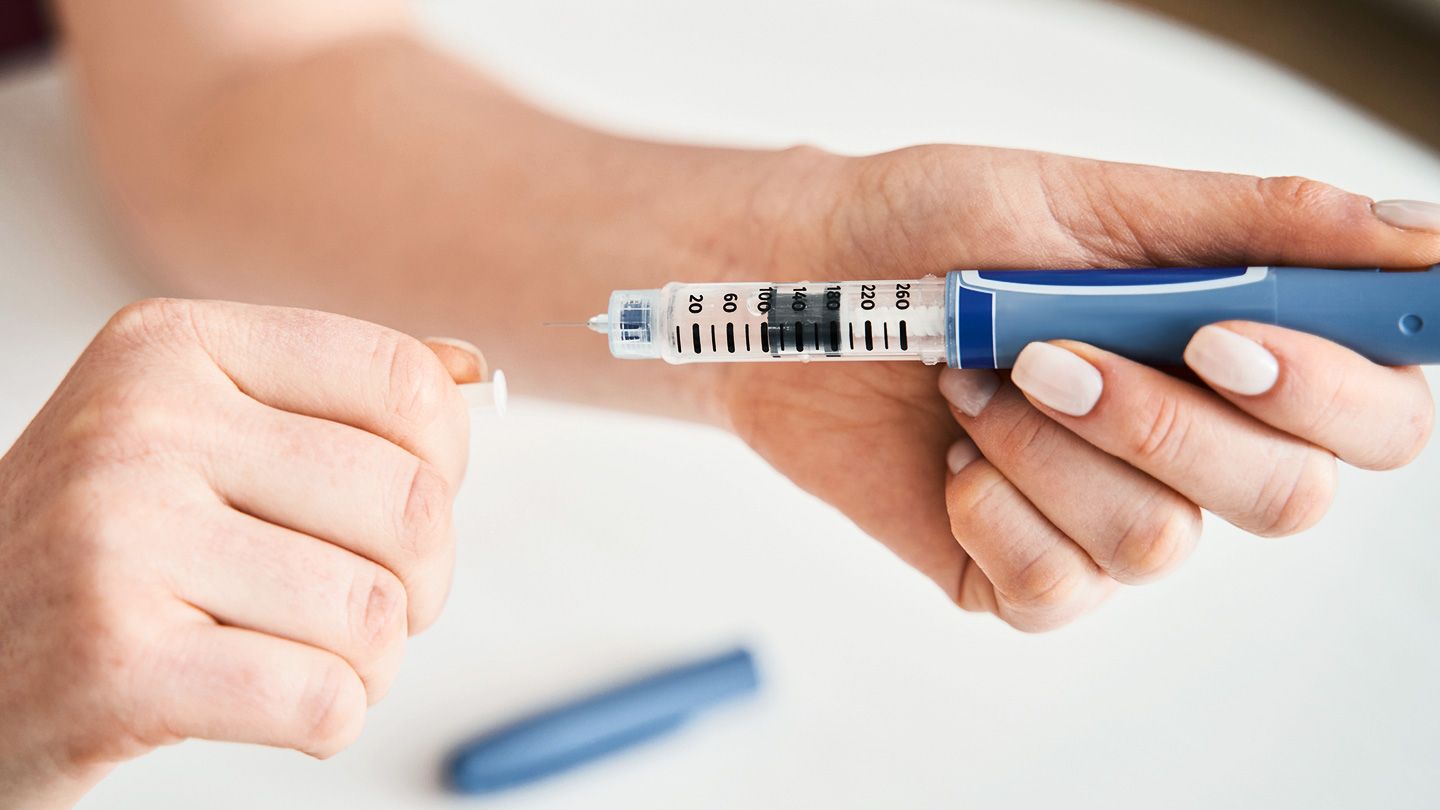In the realm of regenerative medicine, Japan has emerged as a global leader—particularly in the innovative application of stem cell technology to restore vision. With a strong scientific foundation, progressive regulatory support, and a commitment to medical excellence, Japan’s pioneering efforts are not only restoring sight but also reshaping the future of ophthalmology. Among the most remarkable developments is the use of induced pluripotent stem cells (iPSCs) to treat age-related macular degeneration (AMD), a leading cause of blindness in the elderly.
Understanding the Problem: Age-Related Macular Degeneration (AMD)
AMD affects the macula, the central part of the retina responsible for sharp vision. As people age, the cells in the macula deteriorate, causing blurred or complete loss of central vision. Traditional treatments such as anti-VEGF injections only manage the symptoms but do not restore lost vision.
The Stem Cell Breakthrough in Japan
Induced Pluripotent Stem Cells (iPSCs): A Japanese Discovery
The backbone of Japan’s innovation in this area is the discovery of induced pluripotent stem cells (iPSCs) by Dr. Shinya Yamanaka in 2006. iPSCs are adult cells genetically reprogrammed to behave like embryonic stem cells, capable of developing into any type of human tissue. This discovery earned Yamanaka the 2012 Nobel Prize in Physiology or Medicine and launched Japan’s leadership in regenerative medicine.
Reference: Yamanaka, S. (2012). Nobel Prize Lecture. The Nobel Prize in Physiology or Medicine.
Landmark Clinical Trial: The World’s First iPSC-Based Retinal Transplant (2014)
In September 2014, Japan achieved a world-first by conducting a clinical trial in which a woman in her 70s with AMD received a retinal pigment epithelium (RPE) sheet derived from her own iPSCs. The surgery was led by Dr. Masayo Takahashi at the RIKEN Center for Developmental Biology in Kobe.
The results were promising:
-
The RPE sheet was successfully transplanted without complications.
-
No signs of immune rejection or tumor formation were observed.
-
Although full visual restoration was not immediate, the patient’s condition stabilized, and vision-related quality of life improved.
Reference: Mandai, M., Watanabe, A., Kurimoto, Y., et al. (2017). Autologous Induced Stem-Cell–Derived Retinal Cells for Macular Degeneration. New England Journal of Medicine, 376:1038–1046. DOI: 10.1056/NEJMoa1608368
Advancements: Allogeneic iPSC Therapy for Wider Use
Following the success of the autologous trial, Japan moved toward allogeneic iPSC therapy, where stem cells are created from a donor rather than the patient. This approach is:
-
Faster (no need to culture cells for each patient)
-
Cheaper
-
More scalable for public healthcare use
In 2017, a new clinical trial transplanted allogeneic iPSC-derived RPE cells into five patients with AMD. The results showed continued safety and potential for long-term vision improvement without rejection or serious side effects.
Reference: Takagi, S., Mandai, M., Gocho, K., et al. (2019). Safety and immunologic response after human iPSC-derived RPE cell transplantation in AMD patients. Stem Cell Reports, 12(3): 576–590.
Regulatory Acceleration in Japan: A Model for the World
Japan’s Act on the Safety of Regenerative Medicine (2014) and its fast-track approval system allowed clinical use of regenerative therapies after preliminary safety is established. This proactive legislation enabled rapid development while ensuring ethical and clinical safety.
Reference: Sipp, D., Robey, P.G., & Turner, L. (2018). Clear up the stem-cell industry. Nature, 561(7724): 455–457.
Current and Future Applications
Beyond AMD, Japan is exploring stem cell therapy for:
-
Retinitis pigmentosa
-
Glaucoma
-
Corneal regeneration using limbal stem cells
Japanese companies like Healios K.K., Riken, and Fujifilm Cellular Dynamics are leading the commercial expansion of stem-cell-based ophthalmic therapies.
A Human Story of Hope and Healing
For patients who were once told they would inevitably lose their sight, these breakthroughs represent more than just medical advancement—they offer hope, independence, and a renewed connection to the world.
One patient from the RIKEN trial remarked, “Before the surgery, I could not read or recognize faces. Now, I can read slowly again. I feel alive.”
Conclusion: The Vision of the Future Is Being Written in Japan
Japan’s pioneering stem cell treatments for vision restoration stand as a testament to the boundless potential of healing and discovery. These innovations reflect the harmonious fusion of science, compassion, and policy, offering a blueprint for the rest of the world.
With continued research and global collaboration, what once seemed impossible—reversing blindness—is becoming a tangible reality.
Further Reading & References:
-
Yamanaka, S. (2012). Nobel Prize Lecture. NobelPrize.org
-
Mandai, M., Kurimoto, Y., et al. (2017). Autologous iPSC-derived retinal cells for macular degeneration. NEJM.
-
Takagi, S., Mandai, M., et al. (2019). Safety after iPSC-derived RPE transplantation. Stem Cell Reports.
-
Ministry of Health, Labour and Welfare, Japan. Regenerative Medicine Legislation Overview.
-
Sipp, D. et al. (2018). Nature: Clear up the stem-cell industry.






